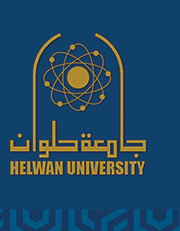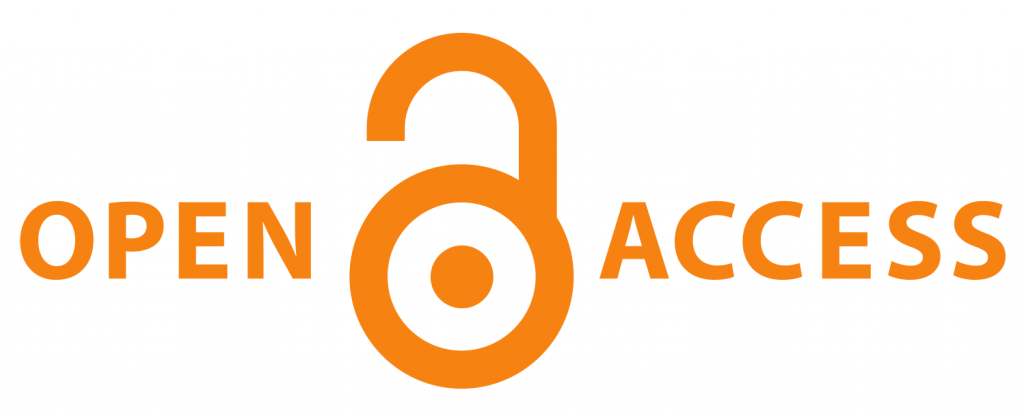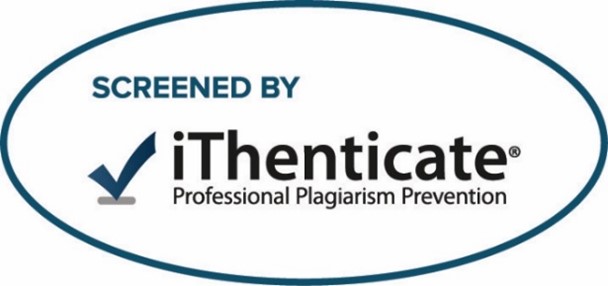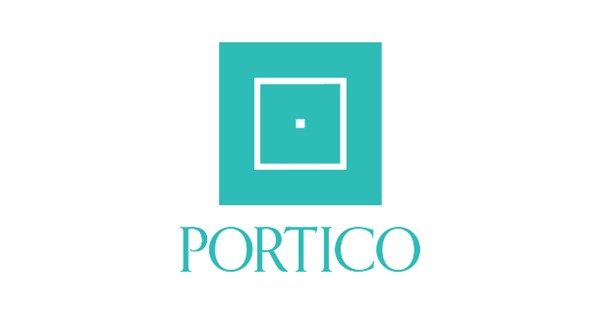Author Submission Guidelines
All papers required for consideration by JADM should be submitted online through the Editorial Manager platform at: https://www.editorialmanager.com/jadm/default.aspx
Thank you for choosing to submit your paper to JADM.
Please take the time to read and follow the Author Guidelines (provided below) as closely as possible to ensure that the submitted manuscript matches all JADM's requirements.
Submission means the corresponding author has agreed to the Author Copyright.
Before submitting the corresponding author should ensure; (1) all authors's approval of the final version of the manuscript before submitting it. (2) The submitted manuscript has not been previously published, nor under consideration for publication in another journal or anywhere else. (3) The text adheres to the stylistic and bibliographic requirements outlined in the Manuscript Preparation Guidelines and JADM Typesetting Template. (4) The submitted Manuscript fulfills all article structure requirements as mentioned below.
JADM accepts the following types of articles: Original study (primary research literature has a proposed hypothesis, methods, and experimental/analytical approach that has not been published yet), Theory Paper (usual papers in humanities, art, design, and music that introduces and discusses ideas and principles are theoretical, either new or established), Editorial (generally from the editors and occasionally from guest editors), Review (summarize and analyze published literature on a topic that presents a comprehensive overview of a specific field of study pointing out knowledge gaps), Case Report (reports a case in which a phenomenon, event, place, or an era is the subject of the study), and Special Issue Article (related to a specific theme addressed by JADM Editorial Board).
Manuscript Guidelines
JADM accepts manuscripts in Microsoft Word file format. JADM articles range between 4,000 and 8,000 words depending on the subject matter with a maximum of 15 pages. Manuscripts should use "Times New Roman" typeface, 12pt size. Single line space without before or after spacing throughout the manuscript is to be used.
The manuscript has to be clear and concise. All abbreviations should be defined when first mentioned. For the revised manuscript, the authors are to highlight or color the text showing the changes and amendments. All articles must be written in English following the structure outlined below.
Research Article structure
Submission of the typical research article to the JADM should normally follow the sample article outlined below (Download; JADM typesetting template). This template is to assist authors in providing the appropriate article structure required by JADM. The JADM paper should be no more than 15 pages, inclusive of tables, references, figure captions, footnotes, endnotes. The research paper should be compiled in the following order: Title page; Abstract; Keywords; Introduction; State of Art; Significance/originality; Methods; Results; Conclusions; Acknowledgments; References; Appendices, as follows;
NOTE: all subtitles with the * symbol are mandatory in the research paper structure.
Title Page*
The Title should be informative, specific, and be an attractor to the content of the paper, capitalize each word (but not a, an, the….etc).
In the final published version, all authors' names, Author's institution, Department, Institution name, City name, country. capitalize each word (but not a, an, the…..etc) format as shown in the (JADM typesetting template), and full email addresses.
Abstract*
The abstract must not exceed 250 words. The Abstract should be standalone text without any references. Article abstract should be added to the Editorial Manager submission platform in the free-text box provided.
Keywords*
The main keywords that describe your research paper and collocate with the field of study. No less than three and no more than six keywords are required.
Introduction*
An introduction should present a deep background, motivation, and the aim of the research. The Introduction provides an understanding of the issues being researched. Given the heterogeneity of the readers, more references that cover the background should be provided. The overarching goal(s) of the research should be succinctly stated here.
State of Art / Review of literature*
It should address the relevant background literature through the analysis of the previous literature's content. The State of Art section provides and identifies the gaps in previous research contributions.
Provide the significance and originality of your research is essential. If the research aims are achieved, what will be the original contribution of your article. The novel concepts and theories have to be addressed and highlighted the new theoretical and conceptual approaches the article presents.
Results /Analysis /Argument /Critique *
For the Original Study and Case Report, providing the research hypothesis and methods is required. Both hypothesis and methods should be addressed clearly by describing the detailed methods, tools, input data, and measured outputs that have been used by the authors through the research which can be criticized or repeated by another cognate researcher. Presenting statistical models should ensure that the correct method has been used. Measured and analyzed output data should be presented in a form that can be readable, repeatable, and can be compared with previous publications.
Editorial, Review, and Theory papers usually follow an argumentative pattern that is formulated to explain, predict, and understand phenomena or provide critique to challenge and extend existing knowledge, within the limits of the critical bounding assumptions.
Conclusion / Discussion *
The conclusion/discussion section provides how the results/theoretical framework meet the research proposed hypotheses or the provided conceptual argument. Present any other claims that can be made based on these results/arguments. Theoretical and Editorial papers normally end with a restatement of the problem under investigation and a brief summary of the proposed solution(s)/theoretical approaches discussed.
Acknowledgments / Financial support
The Acknowledge sector declines individuals or organizations that provided authors advice or support (non-financial), while funding, grants, and financial supports should be listed in the financial support section.
Provide financial support sources in detail for all authors, including multiple grant numbers and amounts, which could be separated by a comma and space.
References*
Citations to references should be given in the Harvard style (e.g., Michel et al., 2019). All references mentioned in the text need to be listed. For reference formatting, contributors are strongly encouraged to use the e-features embedded in Apple Pages/MS Office Word. A version no earlier than 2010 should be used.
NOTE: (1) Mendeley help-page can guide you through references reformatting; https://www.mendeley.com/guides/harvard-citation-guide
(2) To know how to use any Pages/Word feature, including automatic citation, please visit the following links; For Apple Pages: https://support.apple.com/en-eg/guide/pages/welcome/mac
For Windows MS Office Word: https://support.microsoft.com/en-us/office/add-citations-in-a-word-document-ab9322bb-a8d3-47f4-80c8-63c06779f127
Appendices
This is the place for additional detailed information or more detailed results could be added if needed.
Figures and Tables
Each figure in the manuscript should be accompanied by a single caption, to appear beneath, and must be cited in the text. Figures should appear in the order in which they are first mentioned in the text and the numbering of figures should continue through the manuscript. Tables as well should be accompanied by a single caption, appear above the table, must be numbered and mentioned in the text. The submission of supplementary material is encouraged. Tables and figures provide a basic structure to results that make it easier for a reader to grasp what is presented.
Article Processing Charges
JADM is an Open Access journal. Articles published in the journal are freely and permanently accessible online under Creative Commons Licensing that allows anyone to access.
The journal’s article processing charge (APC) in JADM is completely free. Upon acceptance for publication, the corresponding author will be contacted by the JADM team on behalf of Helwan University via email (if needed).
Obtaining Help and other Queries
Technical support for the Editorial Manager online submission system is available by clicking on the 'Help' link at the top-left corner of the submission site (https://www.editorialmanager.com/jadm/default.aspx)
Any other questions relating to the submission or publication process should be directed to the JADM Editorial Office via email to .







